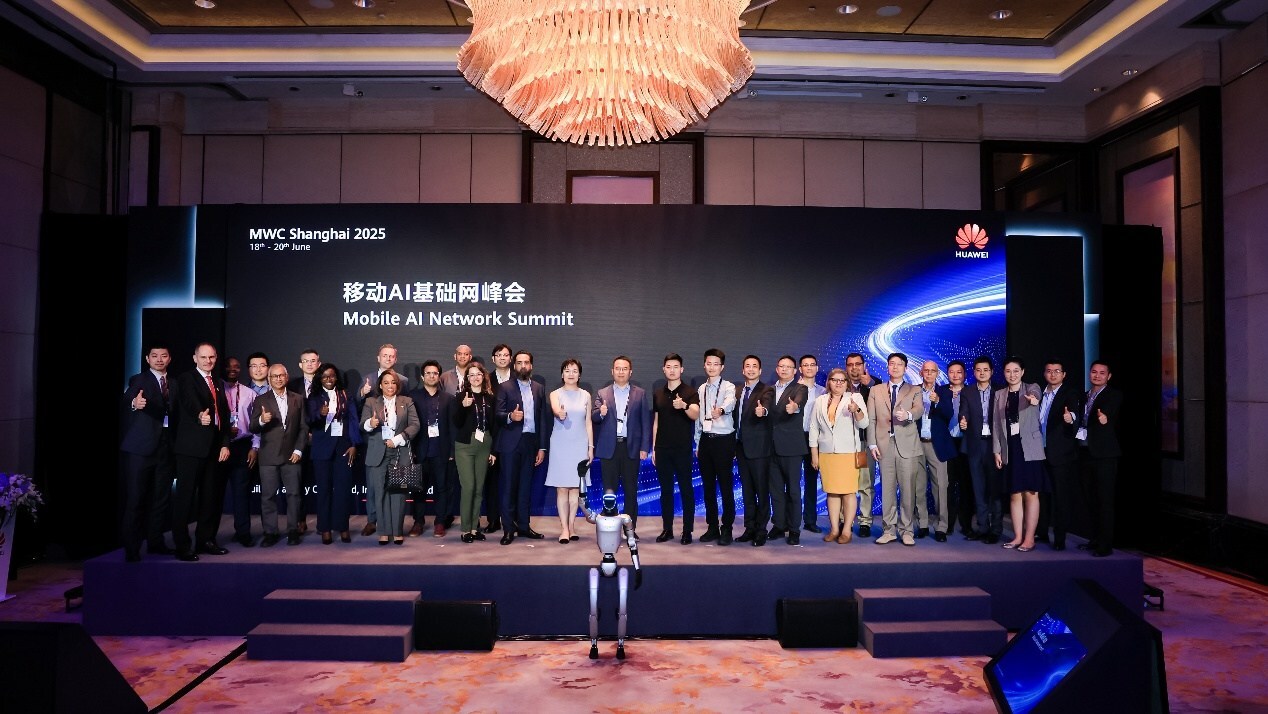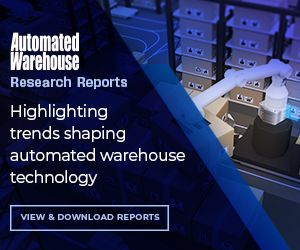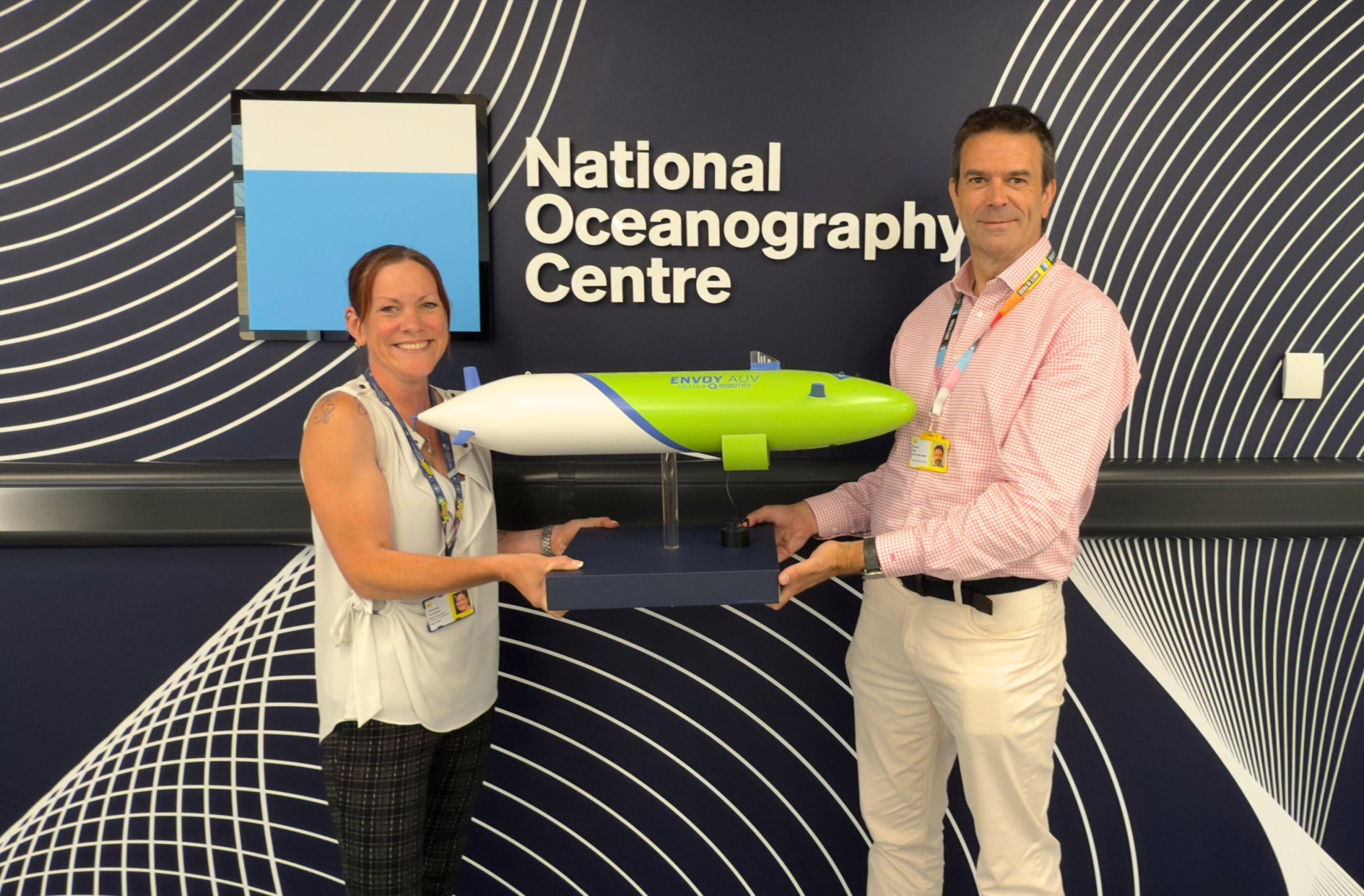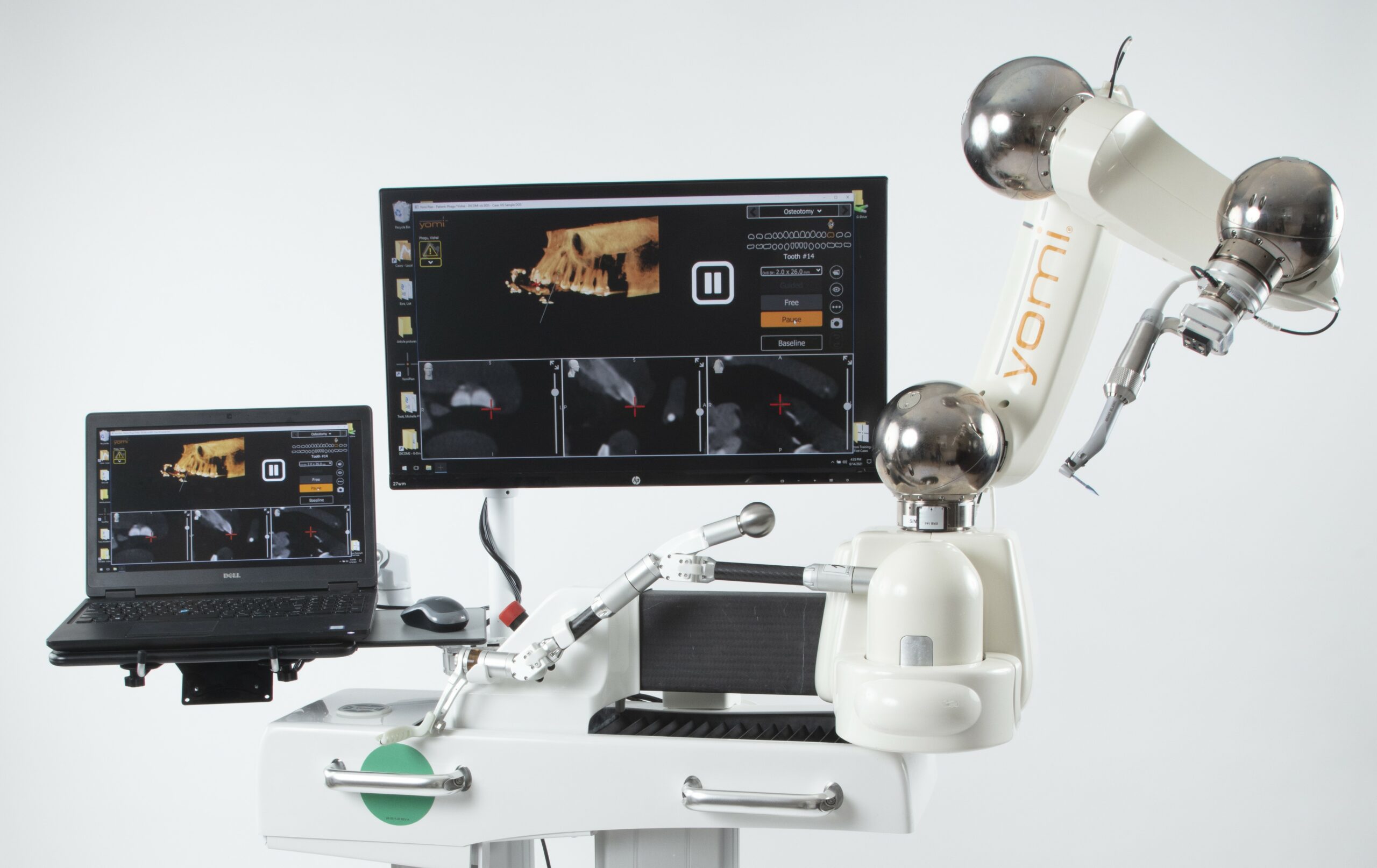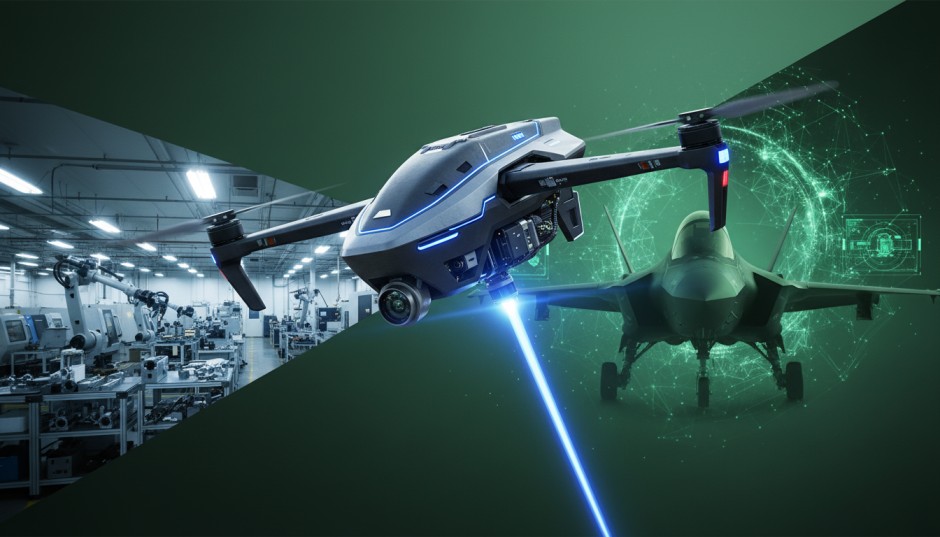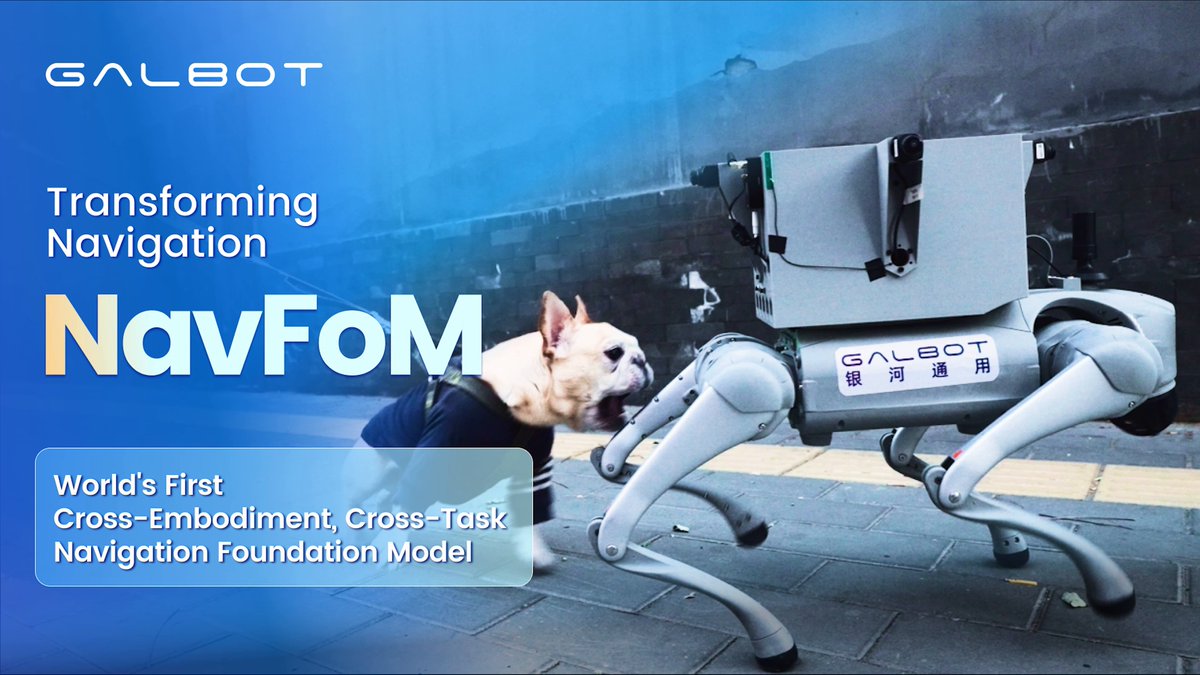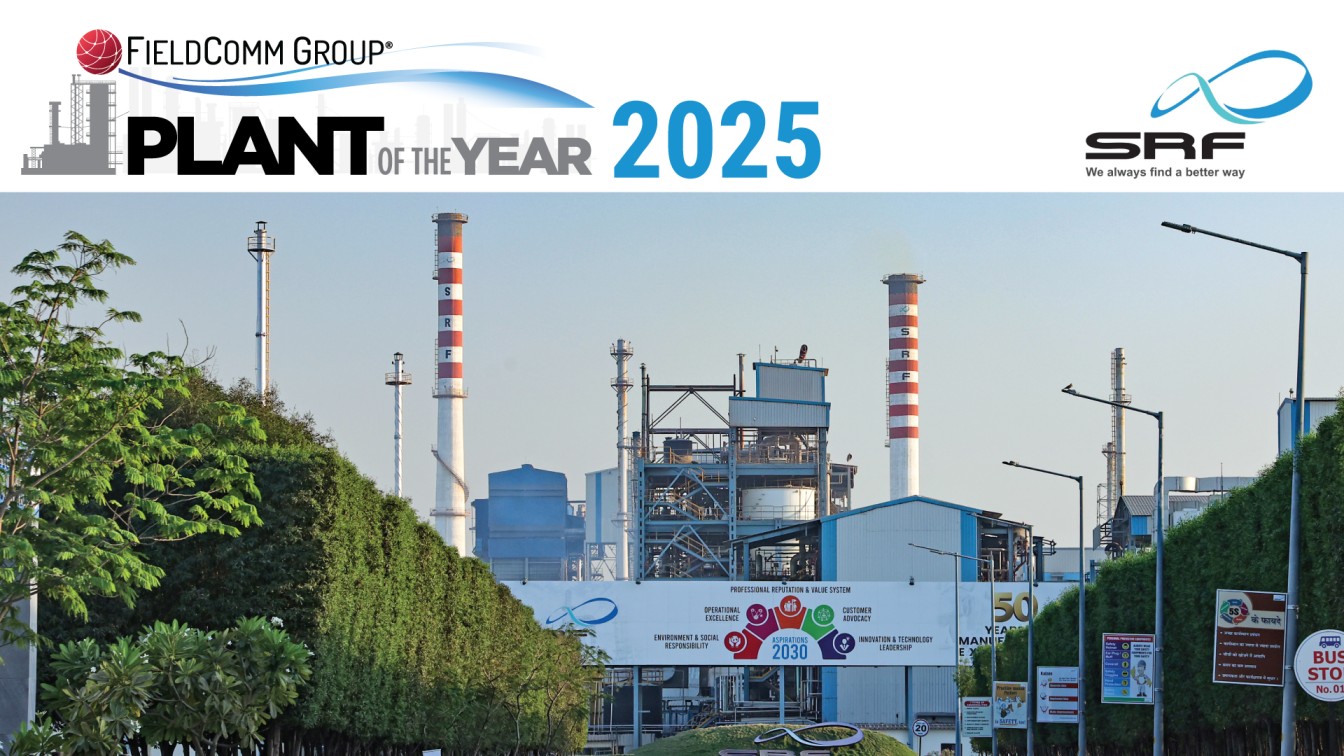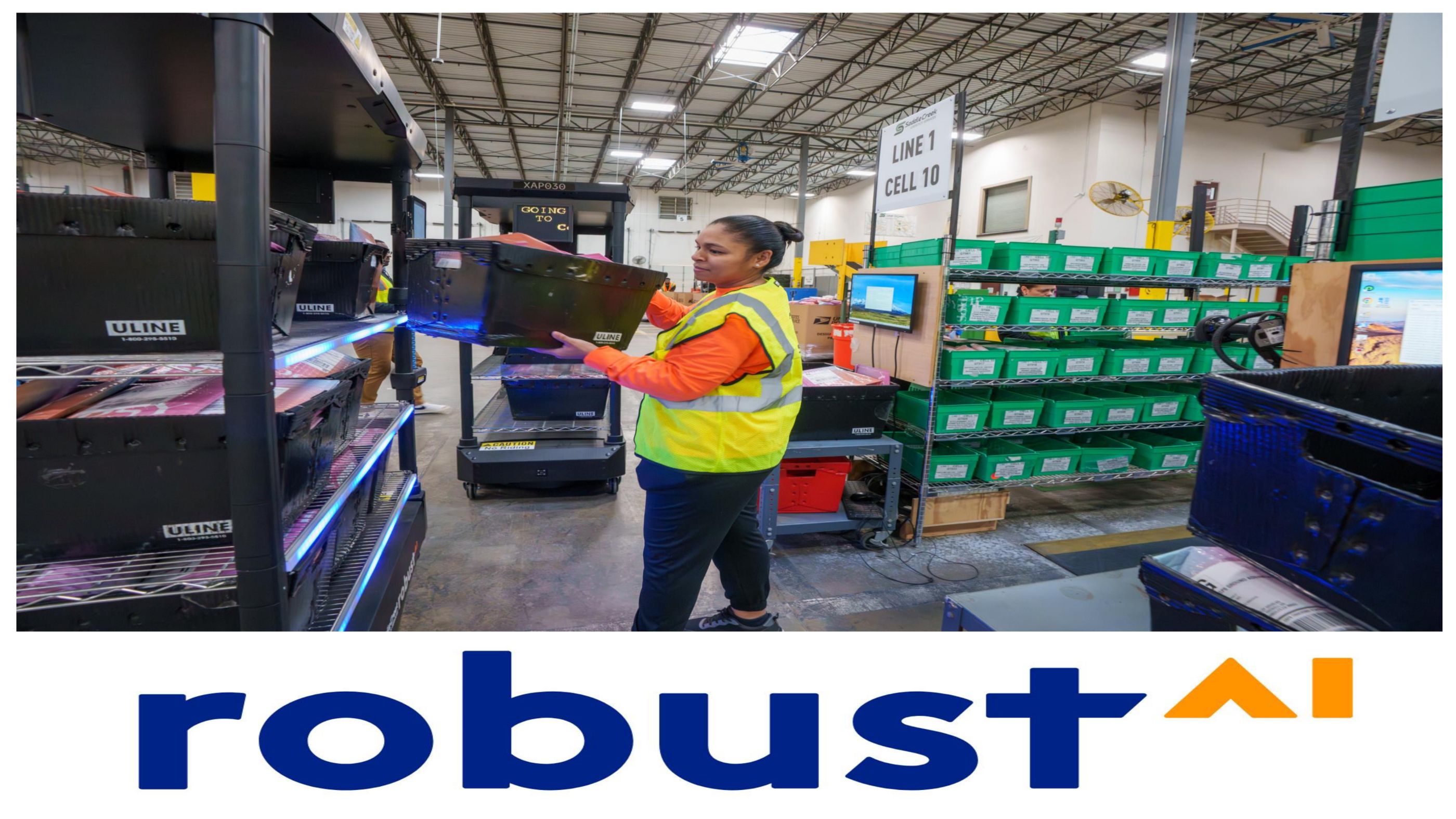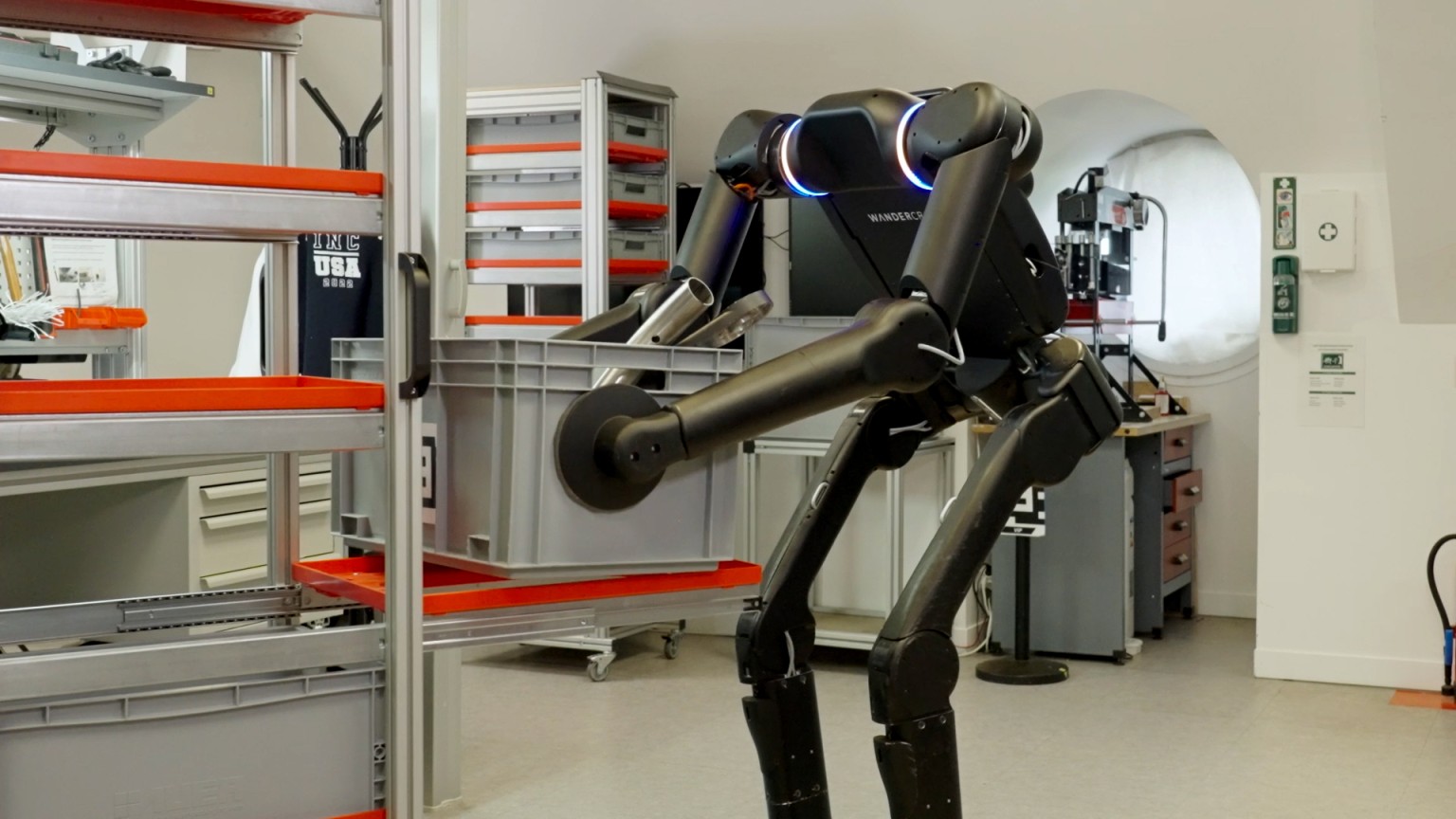Huawei Leads Mobile AI Vision at MWC Shanghai 2025 with GigaBand and Ecosystem Synergy
At the Mobile AI Summit, global operators and tech leaders aligned on advancing 5G-A uplink and network-service synergy as core enablers for mobile AI. The launch of the GSMA Foundry project and Huawei’s GigaBand solution mark a transformative step toward monetizing intelligent, low-latency mobile experiences.
Image Courtesy: Public Domain
At the Mobile AI Summit hosted by Huawei, as part of Mobile World Congress (MWC) Shanghai 2025, operators, AI ecosystem partners, academics, and industry partners gathered to discuss mobile AI industry trends and reached two key consensuses on the future development of mobile AI: improving the 5G-A uplink experience is critical to the development of mobile AI; and network service synergy is critical to monetizing the mobile AI experience. Participants also witnessed the inauguration of the GSMA Foundry: Mobile Network for Thriving AI project, signifying that operators are entering experience monetization and starting to build experience-centric networks for mobile AI.
Ecosystem synergy to drive the prosperity of the mobile AI industry
Speaking at the summit, Wen Ku , President of the China Communications Standards Association (CCSA), emphasized: "The integration of 5G-A and AI is one of the key directions in the evolution of communication networks. Efforts should focus on establishing standards, integrating smart networks, and promoting collaborative development through ecosystems to pave the way for the future of mobile AI."
During the summit, pioneers from Rokid, MiniMax, and Unitree Robotics discussed how AI service providers can seize the lead in differentiated competition and quickly capture new market opportunities. AI agents are expanding experiences from touchscreen interactions to multimodal interactions such as voice, video, and spatial computing. In addition, AI is achieving higher audiovisual bitrates and increased model accuracy, and is leveraging 5G-A networks to reduce latency during interactions to deliver more efficient services. These developments are essential for delivering optimal new services, such as those involving real-time interactions and high-quality AI video calls, which require an uplink speed of at least 20 Mbps.
Several speakers, including Zhi-Quan Luo , a foreign member of the Chinese Academy of Engineering and a member of the IEEE, operator representatives, and representatives from Ookla also shared their AI practices for network optimization and their strategic planning for the global adoption of AI technologies. AI is reshaping both mobile networks and the mobile industry as a whole. This helps operators achieve digital transformation in networks, O&M, and businesses to provide differentiated services for various industries, supporting their transition from traffic monetization to business monetization. At the summit, participants reached a consensus that uplink, latency, and stability are the most crucial factors for measuring network capabilities for mobile AI.
GigaBand Drives the Evolution of Core Network Monetization from Mobile Broadband (MBB) to Mobile AI
As a leading 5G-A technology provider, Huawei has shared its GigaBand solution portfolio. Through air interface resource pooling (AIR) and the deployment of the optimization solver (Optsolver) for AIR orchestration, GigaBand ensures smooth 5G-A network evolution to support new AI services. This approach helps operators build elastic networks with SLA assurance that are suitable for diversified and differentiated services such as live streaming, AI mobile assistants, and cloud gaming. For example, the GigaBand deployment in Hong Kong enabled 4G/5G multi-band sharing for different service delivery objectives, increasing 5G speeds by 2.28 times while maintaining a stable experience for 4G users. This has been a huge advantage for operators seeking to build efficient, intelligent, and low-carbon 5G SA networks.
With the continued upgrade of 5G-A with GigaBand and other innovative technologies, as well as collaborative ecosystem innovation across industries, mobile AI is developing into a new engine that drives revenue growth in the mobile industry and offers people a new digital life with ubiquitous intelligent services.
MWC Shanghai 2025 was held from June 18 to 20 in Shanghai , China. At the event, Huawei showcased its latest products and solutions in Hall N1 of the Shanghai New International Expo Center (SNIEC).
Commercial adoption of 5G-Advanced accelerates in 2025. Huawei is collaborating with global operators, industry experts, and thought leaders to explore how AI innovations can be used to reshape telecom services, infrastructure, and operations to generate new revenue streams and accelerate the transition to an intelligent world.


